Just over 20 years ago, me and the missus started a family, which was something of a shock to the system for a number of different reasons. One of which was that I, a motoring journalist, would have to spend my own money on a car. Oh, the horror of it. By then, I’d already spent 10 years in this business doling out advice to others concerning what they should buy, without once ever practising what I preached. Like the rest of my colleagues, I just drove test cars.
But that wouldn’t work any longer, because even if I could keep up the supply of cars, I could hardly guarantee they’d all be big enough to carry what would soon turn out to be both of my children and all the clobber associated with having young people around, yet still be compact enough to park in a crowded London terrace street. In fact, being honest, none of them would. Except one.
The decision to buy an Mercedes-Benz A-Class wasn’t really a decision at all. When I inputted all the data about what we needed into what passes for the computer between my ears, the choice was (a) buy an A-Class or (b) sell your children.

It was so easy. The A-Class was short yet spacious, small yet strong. And if I bought a poverty-spec model that had just come off the Mercedes-Benz press fleet, having spent the first 10,000 miles of its life being thrashed to death by, well, people like me, I could just about afford one, too.
Which is how R130 ONH came into our lives. To be honest, I wasn’t very excited about its arrival. I wasn’t as down on the ride and handling as some of my colleagues, but it looked a long way from cool, was pretty slow, and although I’ll fly in the face of popular opinion and say it was quite well put together by class standards, some of the materials chosen weren’t very Benz. At all.
But by then, I’d not realised what miracles these cars are. Okay, I’d been told that in packaging terms, they were the cleverest things to come to market since the original Mini; and I’d learned about the sandwich construction and the way the engine is slung almost under the car and how it absorbs almost all the force in a frontal impact by sliding backwards beneath you; but I’d not really studied the benefits because, until I bought one, I’d not really needed to.




















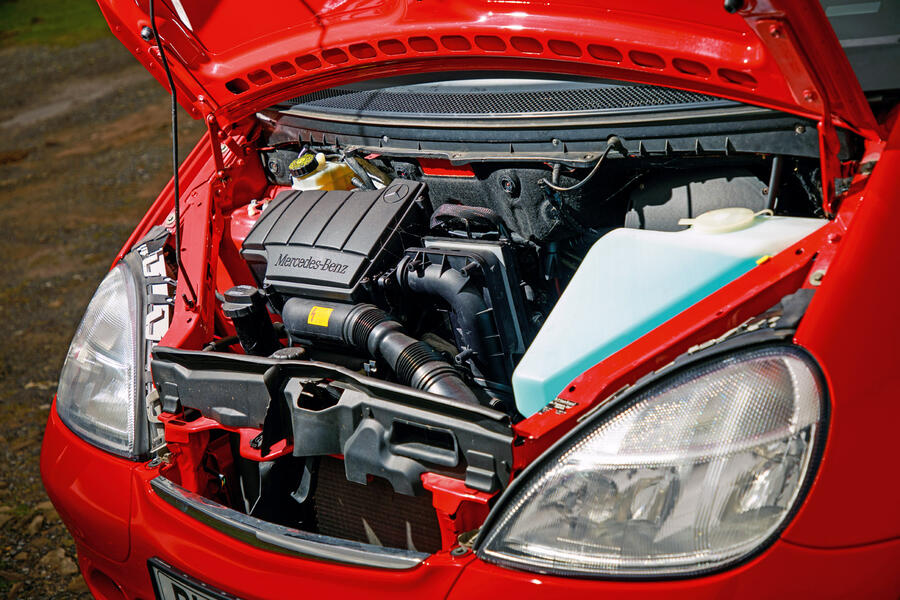

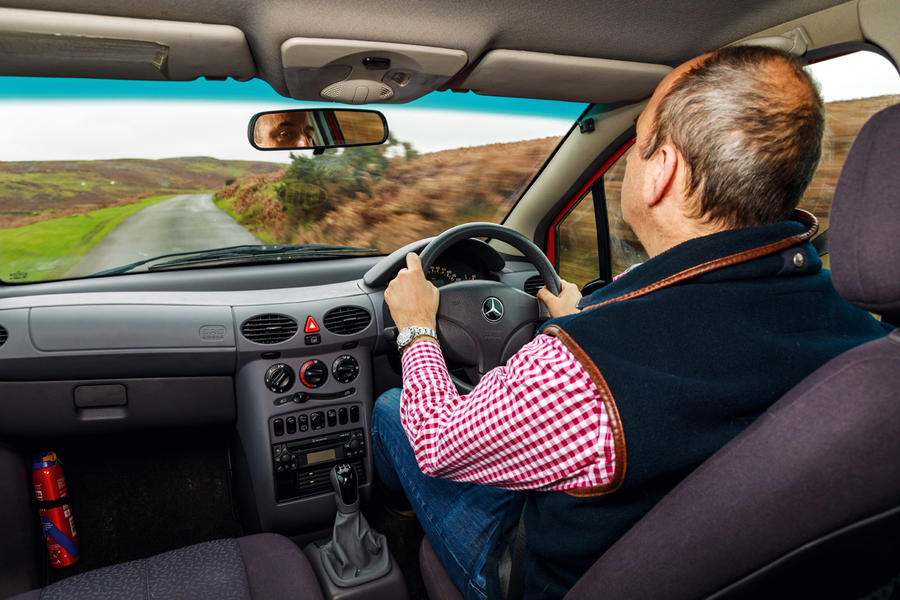

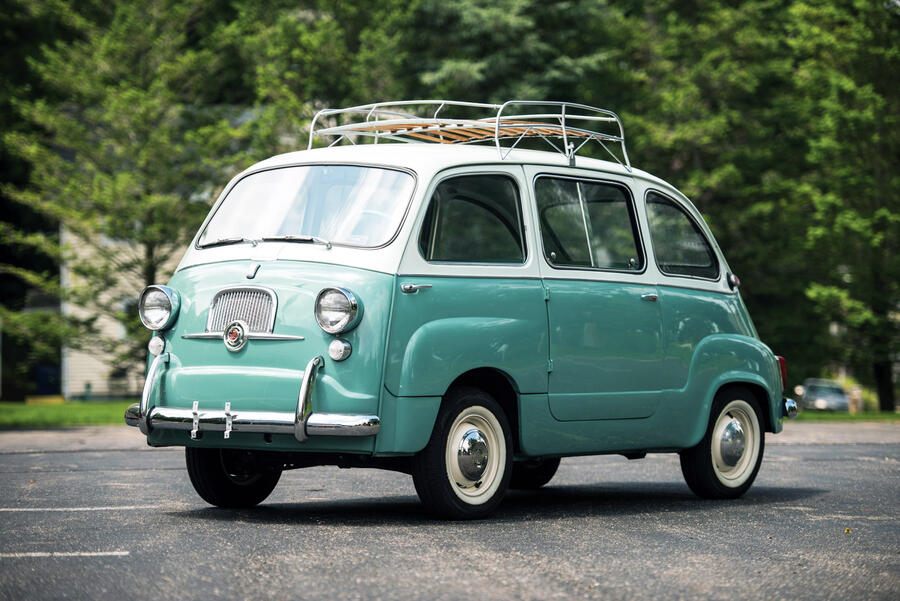
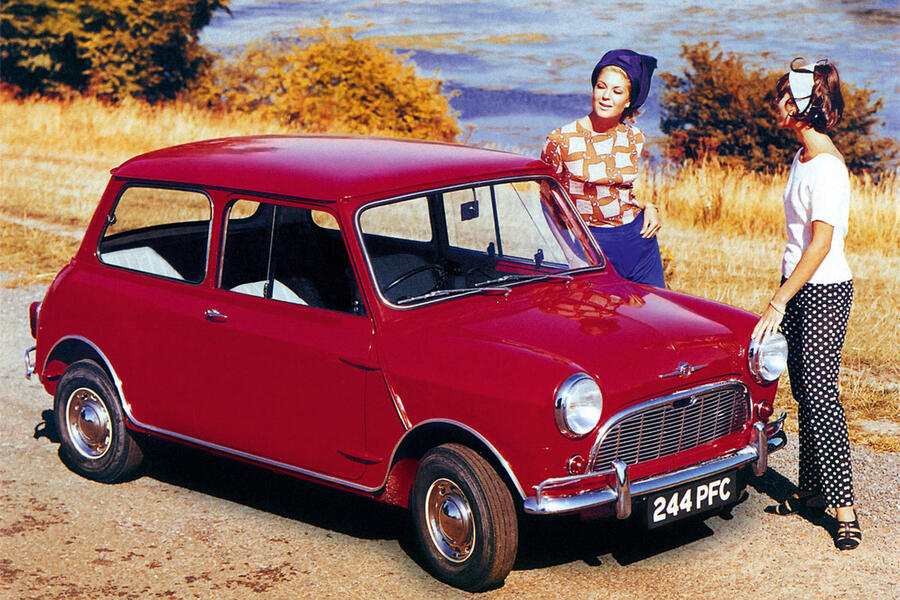
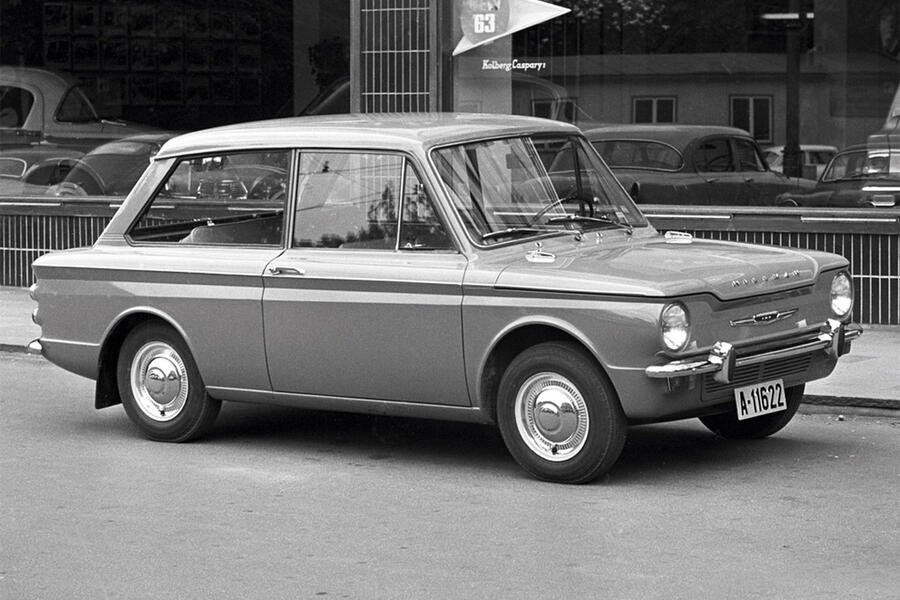
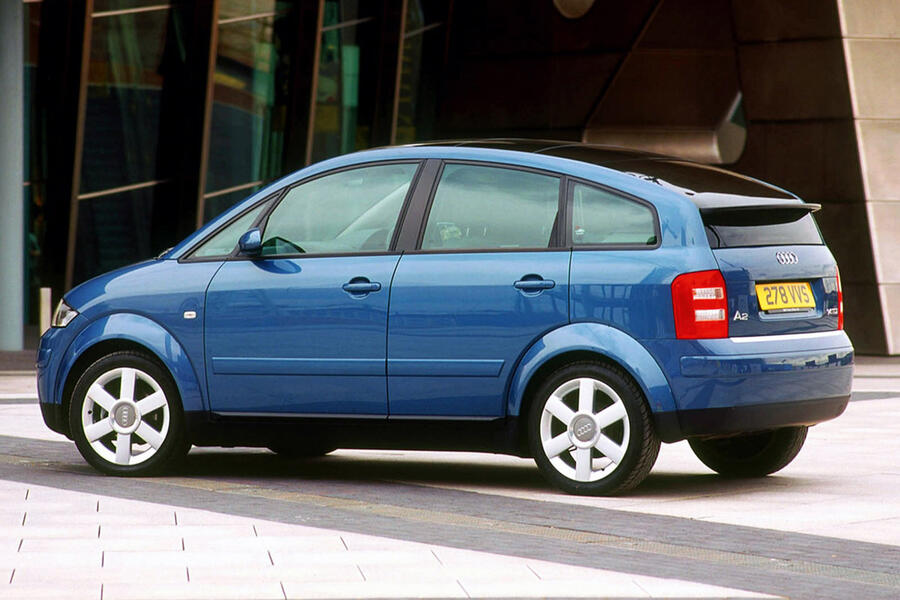


Join the debate
Add your comment
The A Class was very clever
The A Class was very clever but the A2 was a better car the only decent Audi
This and the A2 were before
This and the A2 were before their time, would've made excellent EVs with their innovative floors.
Best car ever
The reason why it was axed